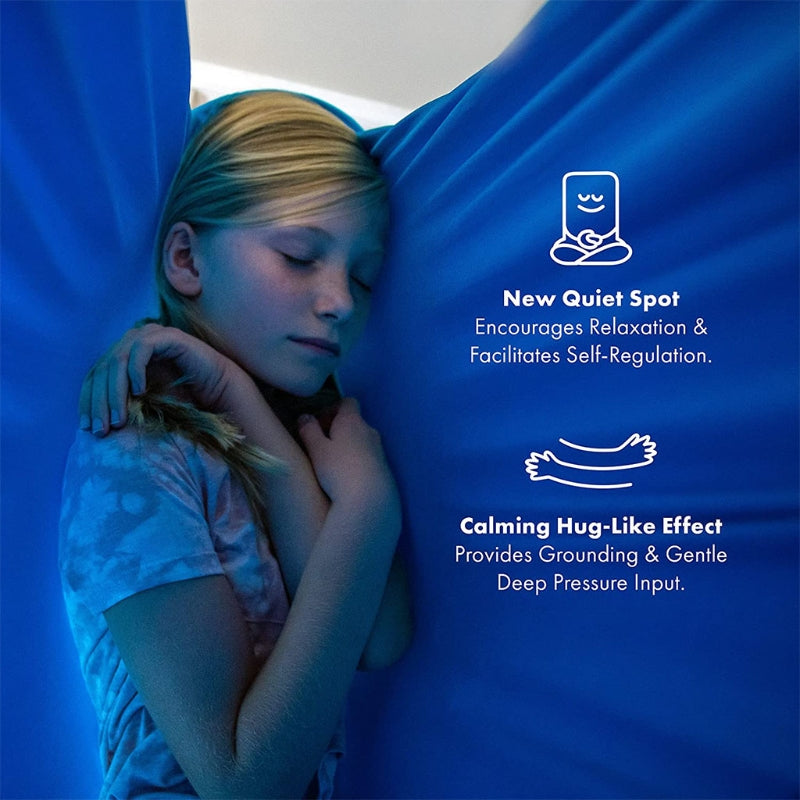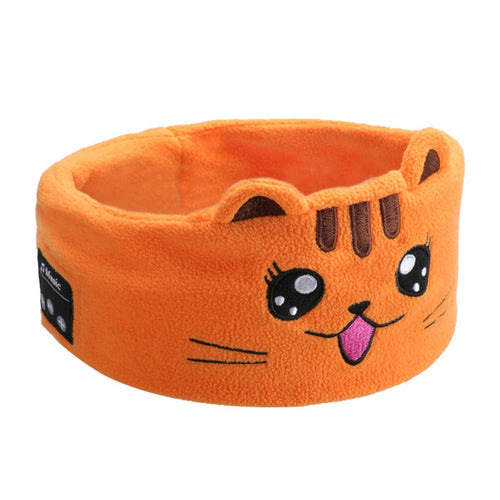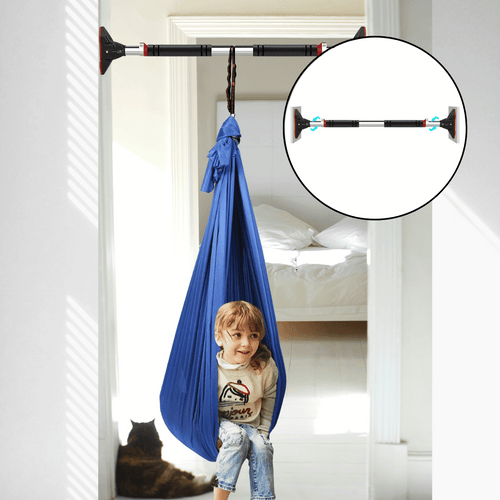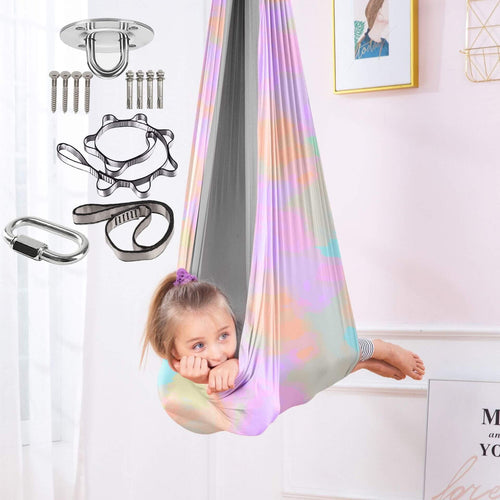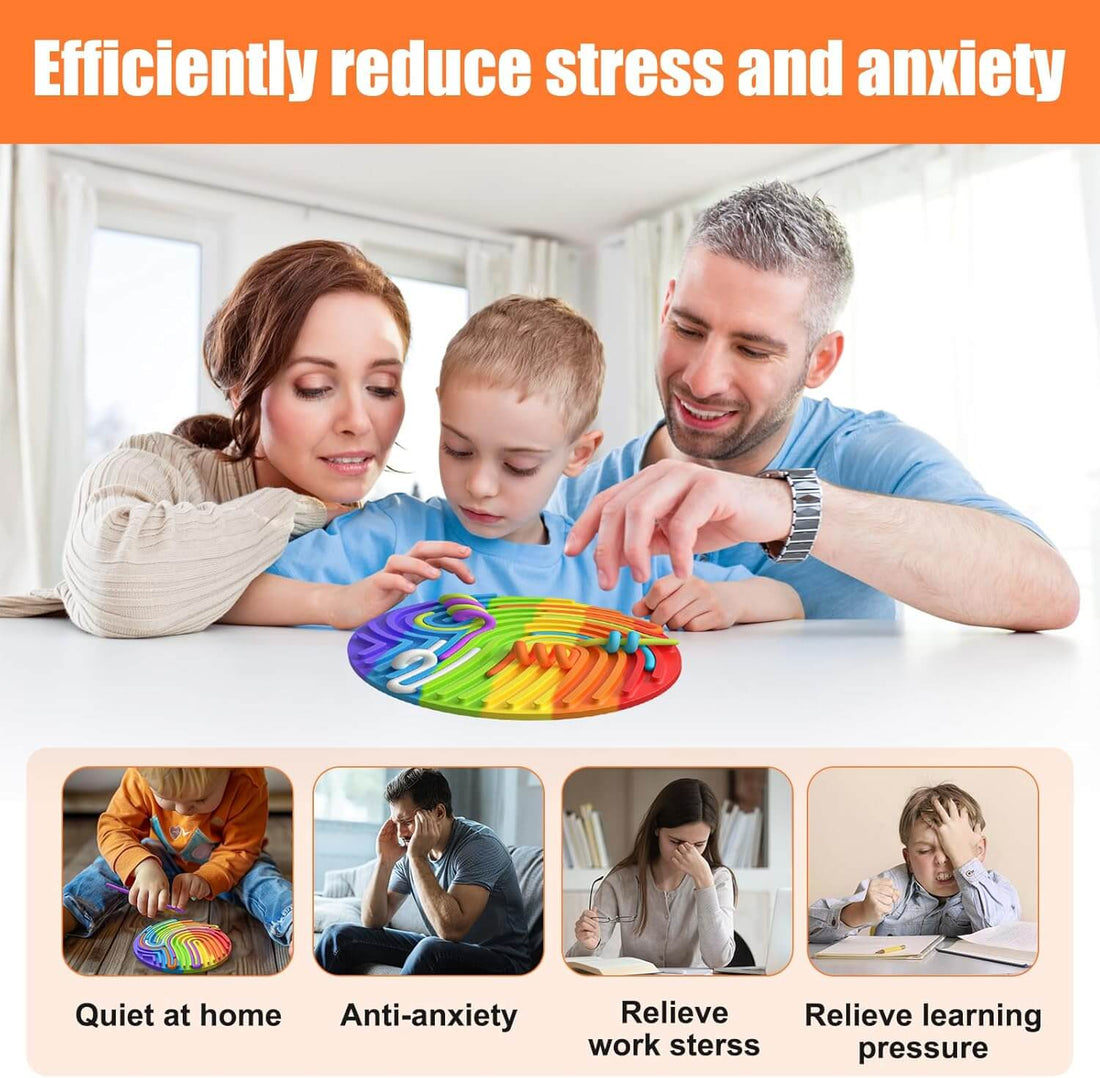Autism is a complex neurodevelopmental disorder that affects many aspects of a child's life. One crucial area that often requires special attention is the management of sensory needs. In this article, we'll take a closer look at the sensory needs analysis of children with autism, specifically focusing on tactile sensitivity and anxiety relief. We'll also explore the five major criteria for purchasing sensory boards and do a product comparison of SensoryHarbor, highlighting its "silent design" and "portability". And of course, we'll share some valuable expert advice from interviews with child therapists.
Tactile Sensitivity and Anxiety Relief in Children with Autism
Many children with autism experience tactile sensitivity. This means that certain textures or sensations can either be extremely overwhelming or, on the other hand, highly soothing. For some kids, the feel of a particular fabric or the touch of a certain object can send them into a state of distress. For example, a simple tag on the back of a shirt might feel like a sharp prick to an autistic child with tactile sensitivity, causing them to become agitated and uncomfortable.
On the flip side, there are textures and sensory experiences that can provide much-needed anxiety relief. Soft, furry textures like a plush toy or the gentle pressure of a weighted blanket can have a calming effect. It's like a warm hug that helps the child feel more secure and less on edge. These tactile experiences can help distract the child from the chaos and overstimulation that they might be experiencing in their environment.
Understanding these tactile sensitivities and what brings relief is key when it comes to choosing the right sensory tools and products to support an autistic child's development and well-being.
Five Major Criteria for Purchasing Sensory Boards
Material Safety
When it comes to sensory boards, the safety of the materials used is of utmost importance. Since children with autism are likely to touch, feel, and even put parts of the sensory board in their mouths, the materials need to be non-toxic. Look for boards made from high-quality, child-safe plastics or natural materials like wood that have been treated in a way that ensures there are no harmful chemicals present.
Multi-Texture Design
A great sensory board should offer a variety of textures. This caters to the different tactile preferences and needs of autistic children. You might want a board that has smooth surfaces like polished wood or plastic, as well as bumpy textures like those found on a textured fabric or small raised bumps. Some children might be drawn to the roughness of sandpaper-like textures, while others might prefer the softness of faux fur. A multi-texture design allows the child to explore and find the textures that are most soothing or interesting to them.
Customizability
Every child with autism is unique, and their sensory needs can vary greatly. That's why it's a huge plus if a sensory board can be customized. Maybe you want to add specific textures or objects that your child has shown a particular interest in. Some sensory boards come with the option to attach additional items like small toys or beads, allowing you to create a personalized sensory experience for your little one.
Durability
Autistic children can be quite active with sensory products, and they might handle the sensory board with more force than an average child. So, you need a board that can withstand some wear and tear. A durable sensory board will save you the hassle of having to replace it frequently. Look for well-constructed boards with sturdy bindings and materials that won't break or come apart easily.
Educational Value
While the primary focus of a sensory board is to provide tactile stimulation, it's also great if it can offer some educational benefits. For example, a sensory board could have numbers, letters, or shapes incorporated into its design. This way, as the child explores the textures, they can also start to learn and recognize these basic educational elements. It's a fun and engaging way to combine sensory play with early learning.
SensoryHarbor Product Comparison: Emphasis on "Silent Design" and "Portability"
Silent Design
One of the standout features of SensoryHarbor products is their "silent design". In a household with an autistic child, noise can often be a trigger for anxiety or overstimulation. Many traditional sensory toys or products make noise when used, which can be overwhelming for the child. SensoryHarbor's sensory boards and related products are designed to be quiet. Whether it's the way the textures are attached or the mechanisms used, everything is engineered to minimize noise. This allows the child to engage with the product in a calm and peaceful environment without the added stress of loud sounds.
Portability
Another great aspect of SensoryHarbor products is their portability. Autistic children might need their sensory support not just at home but also when they're out and about, whether it's at a doctor's appointment, on a trip, or just running errands with the family. SensoryHarbor's sensory boards are often lightweight and easy to carry. Some come with convenient carrying cases or handles, making it a breeze to take them wherever the child needs that sensory comfort. This means the child can have access to their familiar and soothing sensory experiences even when they're away from home.
When comparing SensoryHarbor products to others on the market, these two features really set them apart. They understand the specific needs of children with autism when it comes to creating a calm and accessible sensory experience.
Expert Advice: Excerpts from Interviews with Child Therapists
We had the opportunity to interview several child therapists who work closely with children with autism. Here are some of the valuable insights they shared:
Consistency is Key
One therapist emphasized the importance of consistency when it comes to using sensory products. She said that autistic children often thrive on routine, and having the same sensory board or tool available to them at specific times can help create a sense of stability. For example, if a child uses a particular sensory board before bedtime every night, it becomes part of their bedtime routine, and they come to expect and rely on that calming sensory experience.
Observe and Adapt
Another therapist pointed out that it's crucial to observe the child's reactions to different sensory products and adapt accordingly. Just because a certain sensory board is popular or recommended doesn't mean it will work for every autistic child. Some children might respond better to certain textures or features than others. So, parents and caregivers should watch how the child interacts with the product, whether they seem comfortable, engaged, or distressed, and then make adjustments as needed.
Combine with Other Therapies
A third therapist suggested that sensory products should not be used in isolation but should be combined with other therapies. For example, occupational therapy or speech therapy sessions can be enhanced by incorporating the use of sensory boards or other tactile tools. This way, the child gets a more comprehensive approach to their development, addressing both their sensory needs and other areas of growth.
In conclusion, understanding the sensory needs of children with autism, especially when it comes to tactile sensitivity and anxiety relief, is essential. When purchasing sensory boards, keeping in mind the five major criteria we discussed can help ensure you get a product that meets your child's unique needs. And the features of SensoryHarbor products like their "silent design" and "portability" offer some great advantages. Finally, the expert advice from child therapists provides valuable guidance on how to best use these sensory products to support the development and well-being of children with autism.

